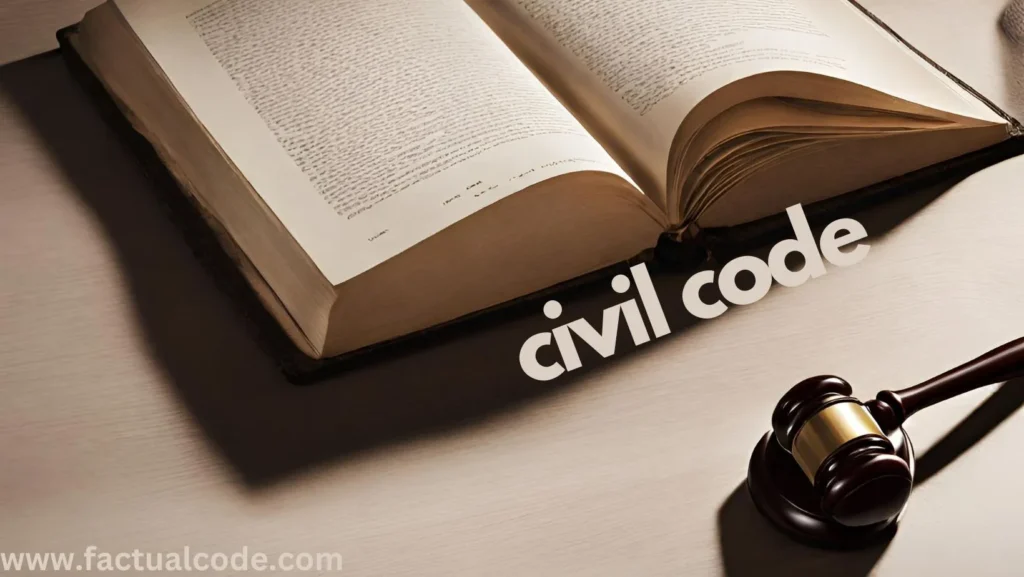Meaning and Definition of Reference
The term Reference under the Civil Procedure Code, 1908 (CPC), signifies a legal mechanism whereby a subordinate court refers a question of law to the High Court for its opinion during the pendency of a case. This mechanism is provided under Section 113 and elaborated through Order 46, Rules 1-5 of the CPC.
A Reference becomes relevant when the subordinate court has reasonable doubt about:
The interpretation or application of law in a case.
The constitutional validity of an Act, Ordinance, or Regulation.
The objective is to maintain consistency in the interpretation of laws and to address questions of significant legal or constitutional importance that the subordinate court is unable to resolve independently.
Circumstances for Making a Reference
A Reference can only be made when certain essential conditions, as prescribed by the CPC, are satisfied:
1. During the Pendency of a Case
Reference can only be made if a case (suit, appeal, or execution proceeding) is actively pending before the subordinate court.
2. Reasonable Doubt on Legal or Constitutional Question
The subordinate court must entertain a reasonable doubt about the legal provision or the validity of an Act, Ordinance, or Regulation.
3. Mandatory Reference for Constitutional Validity
Reference is obligatory if the validity of a statute, ordinance, or regulation is questioned on constitutional grounds, provided:
Such determination is essential to decide the case.
Neither the High Court nor the Supreme Court has declared the statute invalid earlier.
4. Discretionary Reference for Other Questions
If the issue pertains to other questions of law, the subordinate court may exercise its discretion in making a Reference.
5. Court’s Opinion Must Be Stated
While making the Reference, the subordinate court must include its opinion on the referred question of law.
6. No Appeal Pending
Reference cannot be made if the decree or order is appealable, and the appeal is pending.
Key Provisions Related to Reference
1. Section 113 CPC:
Governs the power of a subordinate court to make a Reference to the High Court.
2. Order 46 Rule 1 CPC:
Details the procedure for making a Reference, requiring a concise statement of facts, the formulated question of law, and the court’s opinion.
3. Order 46 Rule 2 CPC:
Authorizes the subordinate court to stay proceedings while awaiting the High Court’s opinion on the Reference.
4. Order 46 Rule 3 CPC:
Specifies that the High Court’s opinion on the referred question must be returned to the subordinate court for disposal of the case.
Supporting Case Laws
1. Keshavan Madhava Menon v. State of Bombay (1951 AIR 128, 1951 SCR 228)
- Context: This case establishes that a subordinate court cannot decide on the constitutional validity of statutes and must refer such questions to the High Court.
- Relevance: Supports the mandatory reference provision under Section 113 when constitutional validity is questioned.
- Fact Highlight: It ensures consistency and prevents subordinate courts from ruling on constitutional matters without High Court intervention.
2. Raja Soap Factory v. Shantharaj (AIR 1965 SC 1449)
- Context: This case elaborates on the procedural requirements for making a reference under Section 113 and Order 46 of CPC.
- Relevance: Clarifies that a reference is essential when the subordinate court faces legal ambiguity or constitutional doubts.
- Fact Highlight: It focuses on the procedural correctness, ensuring references are made only in necessary situations.
3. Chhaganlal Keshavlal Mehta v. Patel Narandas Haribhai (AIR 1981 SC 2004)
- Context: This case emphasizes that references must be based on substantial and genuine legal doubts. Frivolous or irrelevant references are discouraged.
- Relevance: Defines the scope and limitations of the reference mechanism to ensure it is not misused.
- Fact Highlight: Only significant questions of law or constitutionality are allowed to be referred.
Distinction Between Reference and Review
Although both Reference and Review serve as legal remedies under the CPC, they differ significantly in their scope and purpose.

Conclusion
Reference under Section 113 CPC ensures that subordinate courts do not overstep their jurisdiction while interpreting complex legal provisions or constitutional matters. By seeking the High Court’s opinion, the mechanism promotes legal uniformity and safeguards judicial precision.
While Reference addresses legal questions by consulting a higher court, Review remains a corrective mechanism within the same court’s jurisdiction to rectify errors. Both remedies collectively strengthen judicial efficiency and protect the integrity of the legal system.
References- THE CODE OF CIVIL PROCEDURE, 1908 www.indiacode.nic.in lawrato.com Keshavan Madhava Menon vs The State Of Bombay on 22 January, 1951 Raja Soap Factory And Others vs S. P. Shantharaj And Others on 20 January, 1965 Chhaganlal Keshavlal Mehta v. Patel Narandas Haribhai www.drishtijudiciary.com blog.ipleaders.in

